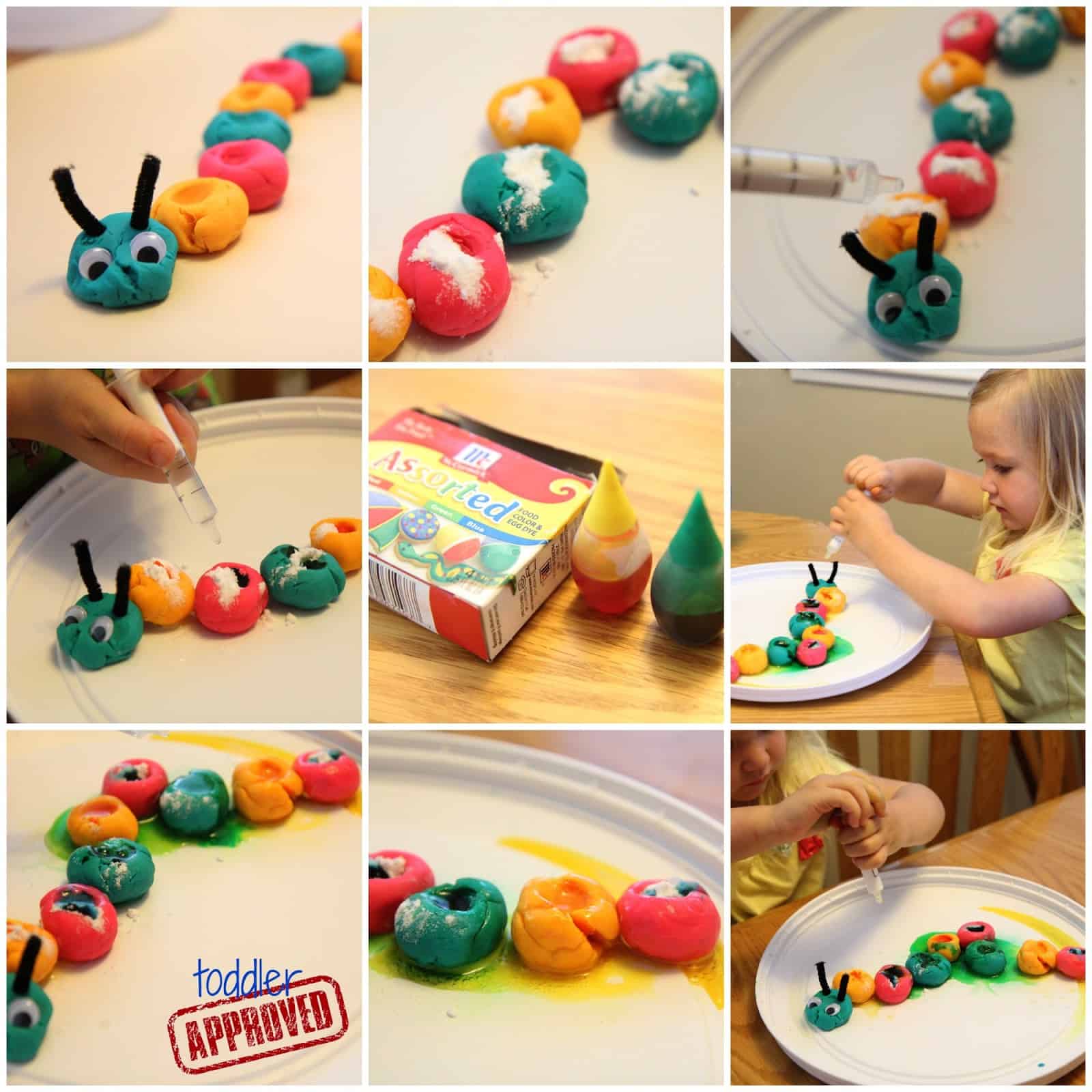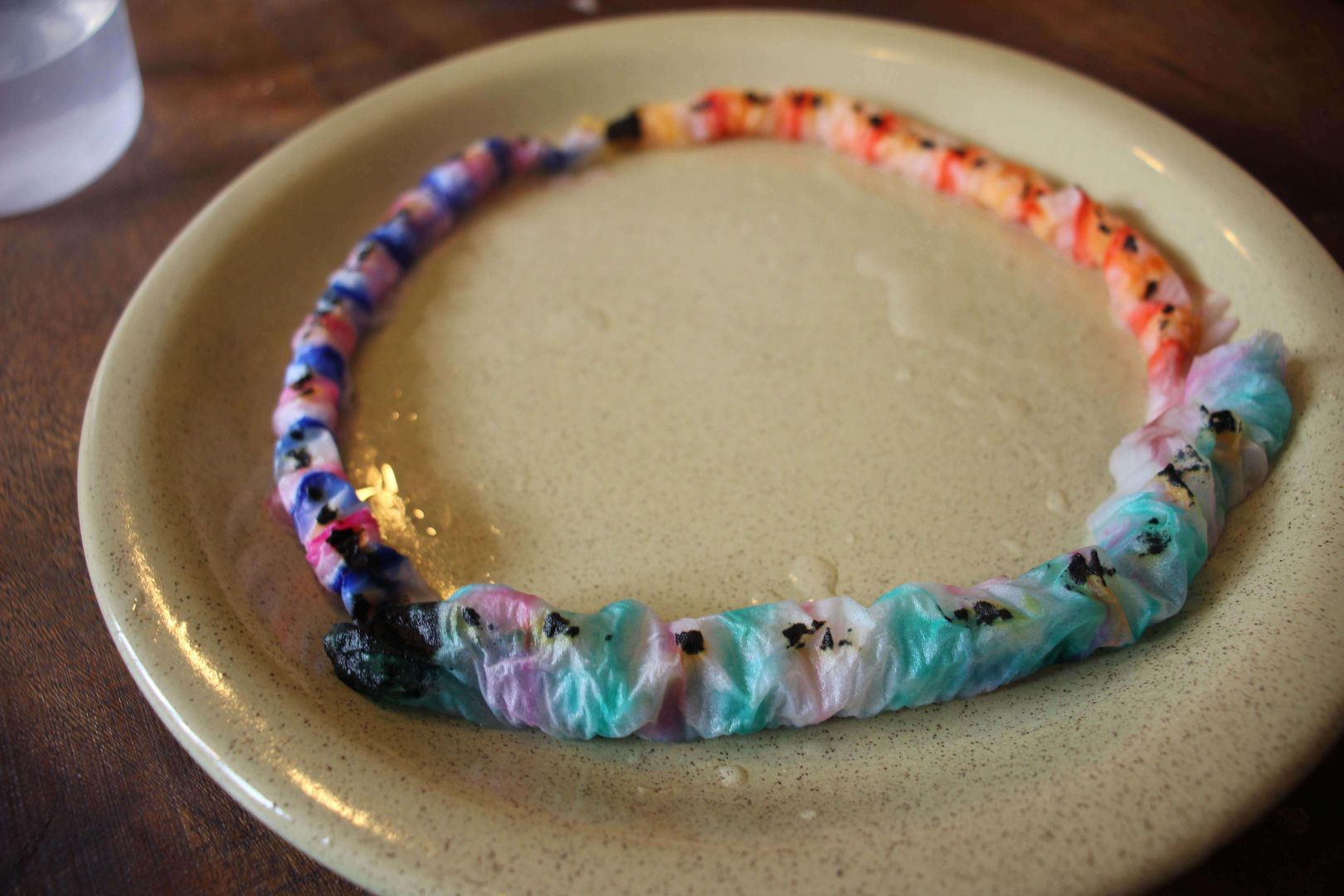Caterpillar Experiment: Unleashing Nature's Hidden Wonders
Have you ever wondered what happens when a caterpillar transforms into a butterfly? The caterpillar experiment is more than just a scientific marvel; it’s a journey into the heart of nature's most awe-inspiring processes. This phenomenon has captivated scientists, educators, and nature enthusiasts alike for centuries. From classrooms to research labs, this experiment offers a glimpse into one of the most fascinating transformations on Earth.
Imagine watching a tiny creature go through an incredible metamorphosis right before your eyes. It’s not just about observing a caterpillar becoming a butterfly; it’s about understanding the science behind it. This process isn’t just magical—it’s deeply rooted in biology, ecology, and even psychology. So, whether you’re a curious student, a science enthusiast, or simply someone who loves nature, the caterpillar experiment is something you don’t want to miss.
Let’s dive deeper into this captivating topic. We’ll explore everything from the biology of caterpillars to the environmental factors that influence their transformation. Along the way, we’ll uncover the secrets behind this incredible journey and why it matters so much in today’s world. So grab a seat, and let’s embark on this fascinating adventure together!
- Entdecken Sie Noodlemagazine Ihre Kulinarische Reise Unterhaltung
- Achtung Stierfrau Die Wahrheit Erschreckende Fakten Ber Sie
What is the Caterpillar Experiment?
At its core, the caterpillar experiment is all about observing and understanding the life cycle of a caterpillar. This process involves four distinct stages: egg, larva (caterpillar), pupa (chrysalis), and adult butterfly. Each stage plays a crucial role in the transformation, and each offers unique insights into the world of entomology.
For instance, did you know that during the pupa stage, the caterpillar undergoes a complete transformation? Its body breaks down into a soup-like substance, and from that, a butterfly emerges. Sounds crazy, right? But that’s exactly what happens. This experiment allows us to witness this incredible transformation up close, making it one of the most exciting educational tools available.
Here’s a quick breakdown of the stages:
- Politics Girl Gefhrdet Die Demokratie Ein Blick Auf Leigh Mcgowan
- Elon Musk Gre So Gro Ist Er Wirklich Weitere Fakten
- Egg Stage: The beginning of life where the caterpillar hatches.
- Larva Stage: The caterpillar phase where it eats and grows rapidly.
- Pupa Stage: The chrysalis phase where the transformation occurs.
- Adult Stage: The butterfly emerges, ready to fly.
Why is the Caterpillar Experiment Important?
The caterpillar experiment isn’t just fun; it’s also incredibly important. It teaches us about the delicate balance of ecosystems and the importance of biodiversity. By studying caterpillars, we gain a better understanding of how small changes in the environment can have significant impacts on wildlife.
Moreover, this experiment has practical applications. For example, researchers study caterpillars to learn about pest control methods, sustainable agriculture, and even medical breakthroughs. Yes, you heard that right! Some compounds found in caterpillars are being researched for their potential health benefits.
Understanding Caterpillar Biology
Before we dive into the experiment itself, it’s essential to understand the biology of caterpillars. These tiny creatures are more complex than they appear. They belong to the order Lepidoptera, which includes both butterflies and moths. There are over 180,000 species of Lepidoptera worldwide, each with its unique characteristics.
One interesting fact is that caterpillars have a voracious appetite. During the larval stage, they eat almost constantly, growing up to 100 times their original size. This growth spurt is crucial for their survival, as it provides the energy needed for their transformation.
Key Characteristics of Caterpillars
Here are some key characteristics that make caterpillars so fascinating:
- Specialized Mouthparts: Designed for chewing leaves and plants.
- Prolegs: Extra legs that help them grip surfaces.
- Camouflage Abilities: Many caterpillars have evolved to blend in with their surroundings, avoiding predators.
- Toxic Defenses: Some species produce toxins to deter predators.
The Metamorphosis Process
Metamorphosis is the star of the caterpillar experiment. It’s a biological process where a caterpillar transforms into a butterfly. This transformation is so radical that scientists often compare it to a complete rebuild of the organism. But how does it work?
During the pupa stage, the caterpillar’s body undergoes a process called histolysis. This is where its old tissues break down, and new ones form. The result is a fully formed butterfly, ready to take flight. This process can take anywhere from a few days to several weeks, depending on the species and environmental conditions.
Factors Affecting Metamorphosis
Several factors influence the metamorphosis process:
- Temperature: Warmer temperatures can speed up the process, while cooler temperatures slow it down.
- Humidity: Proper humidity levels are crucial for successful transformation.
- Food Availability: A well-fed caterpillar is more likely to complete its transformation successfully.
Setting Up Your Caterpillar Experiment
Ready to try the caterpillar experiment yourself? Setting it up is easier than you might think. All you need is a few basic supplies and a bit of patience. Here’s a step-by-step guide to get you started:
Supplies Needed:
- A clear container with ventilation holes
- Fresh leaves from the caterpillar’s preferred plant
- A small brush for handling the caterpillar
- Water spray bottle to keep the environment moist
Steps to Follow:
- Find a caterpillar in your backyard or a local park.
- Place it in the container along with fresh leaves.
- Keep the container in a quiet, shaded area.
- Observe the caterpillar daily, ensuring it has enough food and water.
Tips for a Successful Experiment
Here are a few tips to ensure your caterpillar experiment goes smoothly:
- Research the specific needs of the caterpillar species you’re working with.
- Keep the container clean to prevent mold and bacteria growth.
- Be patient; some transformations can take longer than expected.
Environmental Impact of Caterpillars
Caterpillars play a vital role in ecosystems. They are a crucial food source for many animals, including birds, reptiles, and insects. Additionally, they help control plant populations by eating leaves and other plant matter. However, human activities such as deforestation and pollution threaten their habitats, putting entire ecosystems at risk.
Conservation efforts are underway to protect caterpillars and their habitats. By planting native plants and reducing pesticide use, we can create safe environments for these incredible creatures to thrive.
How You Can Help
Here are some ways you can contribute to caterpillar conservation:
- Plant butterfly-friendly gardens in your backyard.
- Support organizations working to protect natural habitats.
- Spread awareness about the importance of biodiversity.
Scientific Research on Caterpillars
Scientists around the world are conducting groundbreaking research on caterpillars. From studying their genetic makeup to exploring their ecological roles, this research has far-reaching implications. For example, researchers are investigating how caterpillars can help combat pests in agriculture without harming beneficial insects.
In addition, some studies focus on the potential medical applications of caterpillar compounds. These compounds could lead to new treatments for diseases, making the caterpillar experiment not just an educational tool but also a potential lifesaver.
Notable Studies and Findings
Here are a few notable studies:
- A 2020 study found that certain caterpillar species produce enzymes that break down plastic.
- Research in 2021 showed that caterpillars could help improve crop yields by controlling pest populations naturally.
- A recent study explored the antibacterial properties of caterpillar secretions, opening new doors in medical research.
Conclusion: The Magic of the Caterpillar Experiment
In conclusion, the caterpillar experiment is more than just a fun activity; it’s a window into the wonders of nature. By observing the transformation of a caterpillar into a butterfly, we gain a deeper appreciation for the intricate processes that sustain life on Earth. Whether you’re a student, a teacher, or a curious individual, this experiment offers something for everyone.
So why not give it a try? Set up your own experiment, and witness the magic unfold. And don’t forget to share your experiences with others. The more we learn about caterpillars, the better equipped we are to protect them and the ecosystems they inhabit.
Call to Action: Leave a comment below sharing your own caterpillar experiment stories or questions. Let’s keep the conversation going and inspire others to explore the world of caterpillars!
Table of Contents
- What is the Caterpillar Experiment?
- Why is the Caterpillar Experiment Important?
- Understanding Caterpillar Biology
- The Metamorphosis Process
- Setting Up Your Caterpillar Experiment
- Environmental Impact of Caterpillars
- Scientific Research on Caterpillars
- Conclusion
- Filme Finden Leicht Gemacht Dein Guide Durch Die Streamingwelt
- 3gp Konvertierung So Gehts Einfach Tipps Tricks

Fizzing Caterpillar Science {Bug Week} Toddler Approved

DIY Tissue Caterpillar in 13 Steps For Kids And Adults homify
The Preschool Experiment C The Very Hungry Caterpillar